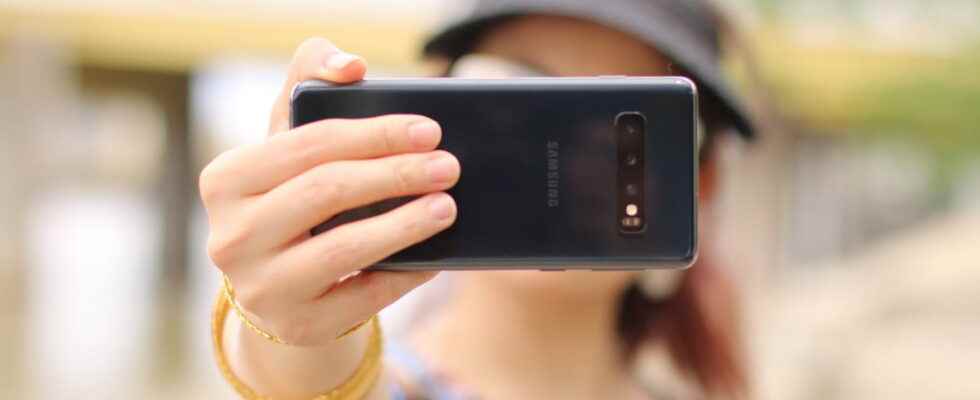INSTAGRAM IDENTITY CHECK. To fight against false profiles, the social network will ask new registrants to send a video selfie which will allow, via artificial intelligence, to verify that they are indeed human.
Fake profiles are a real plague for social networks. Especially when they are used to spread rumors, set up scams, harass users or send spam. Like Facebook or Twitter, Instagram suffers from this endemic problem which damages its reputation. but the subsidiary of the Meta group seems to have found a fairly effective trick to fight against this scourge. As reported XDA-Developers, social media consultant Matt Navara noticed that Instagram now requires new members to submit a video selfie when signing up, in order to verify that they are indeed real people. The most original is that this control is not carried out by humans, but by an artificial intelligence trained to detect special effects. A technique to say the least innovative, which may surprise more than one.
In practice, Instagram is not content with a simple static portrait: you have to rotate the camera to take the face from different angles, in order to avoid deception. The company promises that these video selfies will never be published and that they will be automatically deleted from its servers within 30 days of sending. The social network also specifies that it will not collect biometric data and that it will not use the company’s facial recognition technology, technology that Facebook recently decided to no longer use for automatic identification in photos. and videos (see our article). Finally, this measure seems for the moment to concern only new registrants, not already existing accounts. But nothing prevents to imagine that it will be extended to all members in the near future.
As surprising as it may seem at first glance, this new constraint could prove to be much more effective than the classic technique of asking for a simple photo, already applied by dating applications like Tinder. It remains to be seen whether the algorithm will be able to identify the deep fakes, these sophisticated video effects that give striking results of realism. We can bet that the technical challenge will generate many attempts by clever people, if only to test the robustness and reliability of the process.
